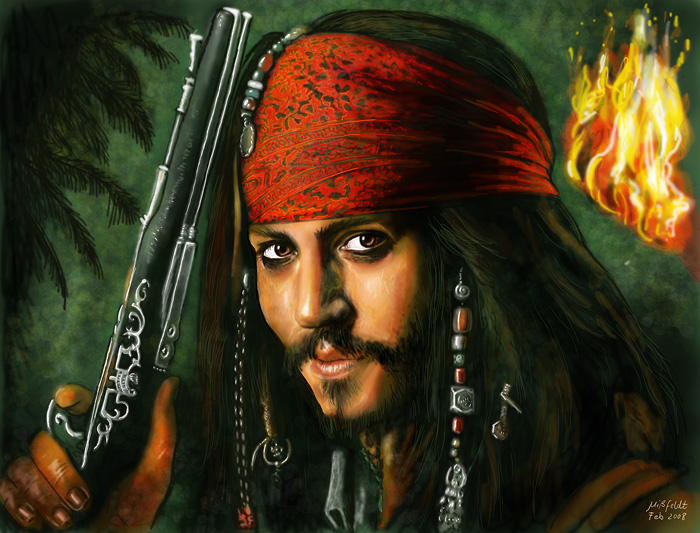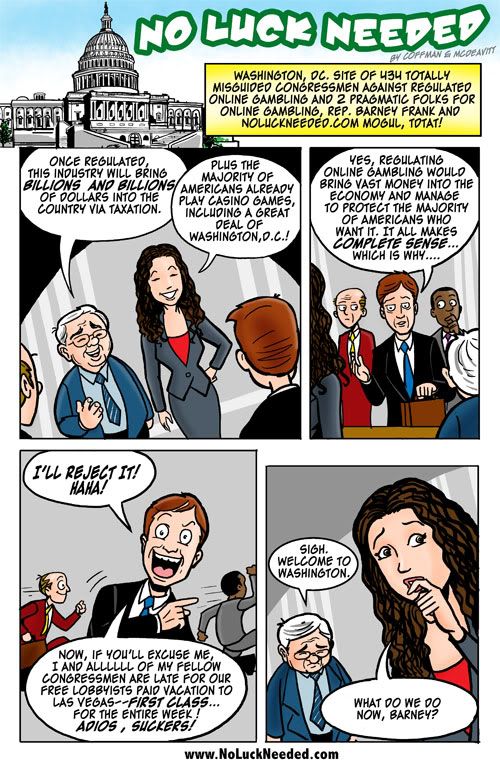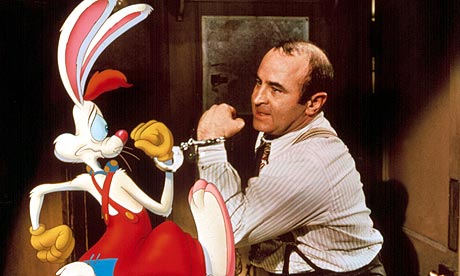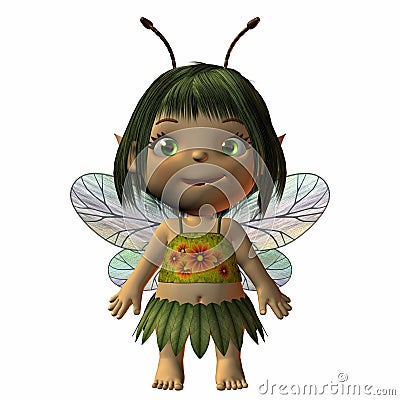CARTOON APPRECIATION WEEK
Celebrate the Cartoonist
May 1-7
The word cartoon has various meanings, based on several very different forms of visual art and illustration. The artists who draw cartoons are known as cartoonists. The term has evolved over time.

The original meaning was in fine art, where cartoon meant a preparatory drawing for a piece of art, such as a painting or tapestry.

Berlin based artist and painter Martin Missfeldt shows visual arts and modern painting. He paints and draws with oil-color, gouache, watercolour, Indian ink, digitally and humor: nice oil paintings, portrait painting, realistic drawings, wild oil painting, abstract acrylic pictures, watercolors, print-graphics, Gouache pictures, illustrations, digital painting, funny cartoons and a lot more.
The modern meaning refers to both humorous illustrations in print and animated films. Even more recently, there are several contemporary meanings, including creative visual work for electronic media and animated digital media. When the word cartoon is applied to print media, it most often refers to a humorous single-panel drawing or gag cartoon, most of which have typeset captions rather than speech balloons.

Barney Frank
The word cartoon is sometimes used to refer to a comic strip, and it can also refer to a humorous illustration for fiction or nonfiction published in newspapers and magazines.

In modern print media, a cartoon is a piece of art, usually humorous in intent. This usage dates from 1843 when Punch magazine applied the term to satirical drawings in its pages, particularly sketches by John Leech. The first of these parodied the preparatory cartoons for grand historical frescoes in the then-new Palace of Westminster. The original title for these drawings was Mr Punch’s face is the letter Q and the new title “cartoon” was intended to be ironic, a reference to the self-aggrandizing posturing of Westminster politicians.

Modern single-panel cartoons or gag cartoons, found in magazines, generally consist of a single drawing with a caption immediately beneath or (much less often) a speech balloon. Newspaper syndicates also distribute single-panel gag cartoons, such as Bill Holman’s Nuts and Jolts and Grin and Bear It, created by George Lichty.

Many consider New Yorker cartoonist Peter Arno the father of the modern gag cartoon (as did Arno himself). Gag cartoonists of note include Charles Addams, Gary Larson, Charles Barsotti, Chon Day and Mel Calman.

Editorial cartoons are found almost exclusively in news publications and news websites. Although they also employ humor, they are more serious in tone, commonly using irony or satire. The art usually acts as a visual metaphor to illustrate a point of view on current social and/or political topics. Editorial cartoons often include speech balloons and, sometimes, multiple panels. Editorial cartoonists of note include Herblock, Mike Peters, David Low, Jeff MacNelly and Gerald Scarfe.
Comic strips, also known as “cartoon strips“ in the United Kingdom, are found daily in newspapers worldwide, and are usually a short series of cartoon illustrations in sequence.
In the United States they are not as commonly called “cartoon” themselves, but rather “comics” or “funnies”. Nonetheless, the creators of comic strips—as well as comic books and graphic novels—are usually referred to as “cartoonists”. Although humor is the most prevalent subject matter, adventure and drama are also represented in this medium.
Noteworthy cartoonists in this sense include Charles Schulz, Bill Watterson, Scott Adams, Mort Walker and Steve Bell.
Motion pictures
Because of the stylistic similarities between comic strips and early animated movies, “cartoon” came to refer to animation, and the word “cartoon” is currently used to refer to both animated cartoons and gag cartoons. While “animation” designates any style of illustrated images seen in rapid succession to give the impression of movement, the word “cartoon” is most often used in reference to TV programs and short films for children featuring anthropomorphized animals, superheroes, the adventures of child protagonists and related genres.

At the end of the 1980s, the word “cartoon” was shortened, and the word “toon” came into usage with the live action/animated feature Who Framed Roger Rabbit (1988), followed two years later by the TV series Tiny Toon Adventures (1990).








